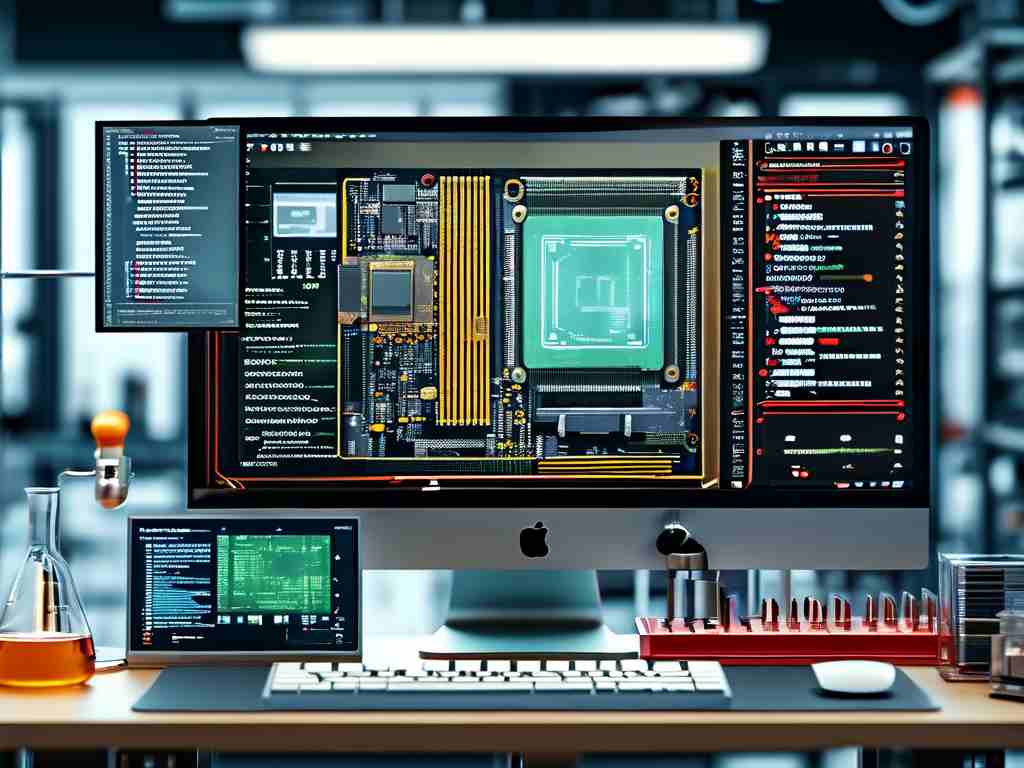The integration of embedded systems into smart home technology has revolutionized modern living, offering unprecedented convenience and energy efficiency. This article explores the technical foundations, challenges, and innovations in embedded development for intelligent home ecosystems, providing actionable insights for developers and enthusiasts.

Foundations of Smart Home Embedded Systems
At the core of smart home technology lies embedded systems—compact, purpose-built computing devices designed to perform specific tasks. These systems integrate microcontrollers (e.g., ARM Cortex-M series), sensors, and connectivity modules to enable automation. For instance, a temperature control system might combine a Raspberry Pi Pico with a DHT22 sensor and Wi-Fi module to adjust HVAC settings based on real-time data.
A critical challenge in embedded development is optimizing resource allocation. Unlike general-purpose computers, embedded devices operate with constrained memory and processing power. Developers often use lightweight real-time operating systems (RTOS) like FreeRTOS or Zephyr to manage tasks efficiently. Below is a simplified code snippet for a smart lighting controller using Arduino:
void setup() {
pinMode(LED_PIN, OUTPUT);
Bluetooth.begin(9600);
}
void loop() {
if (Bluetooth.available() > 0) {
char command = Bluetooth.read();
if (command == 'ON') digitalWrite(LED_PIN, HIGH);
else if (command == 'OFF') digitalWrite(LED_PIN, LOW);
}
}
Interoperability and Protocol Standardization
Fragmented communication protocols remain a significant hurdle. While Zigbee and Z-Wave dominate low-power device networks, Wi-Fi and Bluetooth LE are preferred for high-bandwidth applications. The Matter protocol, launched by the Connectivity Standards Alliance, aims to unify these standards. Embedded developers must now design systems that support multiple protocols, often requiring dual-mode chips like the ESP32-C6.
Security is another critical concern. A 2023 study revealed that 41% of smart home devices have vulnerabilities in their firmware update mechanisms. Implementing secure boot processes and encrypted OTA updates is essential. For example, using Trusted Platform Module (TPM) chips can authenticate firmware signatures before installation.
Edge Computing in Embedded Design
Modern smart home systems increasingly leverage edge computing to reduce latency and cloud dependency. Embedded devices with AI accelerators, such as the NVIDIA Jetson Nano, enable local processing of voice commands or facial recognition. This approach not only improves response times but also enhances privacy by minimizing data transmission to external servers.
Consider a smart security camera with onboard motion detection:
import cv2
from edgeiq import ObjectDetection
detector = ObjectDetection("mobilenet_ssd")
detector.load(engine=edgeiq.Engine.DNN)
while True:
frame = camera.capture()
results = detector.detect_objects(frame)
if "person" in results.predictions:
trigger_alarm()
Sustainability and Energy Optimization
Energy efficiency remains paramount in battery-powered devices. Techniques like dynamic voltage scaling and sleep mode scheduling extend device lifespan. The Nordic Semiconductor nRF5340, for instance, consumes just 2.4µA in sleep mode while maintaining BLE connectivity—a 70% improvement over previous generations.
Future Directions
Emerging trends include quantum-resistant encryption for long-term security and neuromorphic chips that mimic human neural networks for adaptive learning. The integration of 6G networks will further enable sub-millisecond communication between embedded devices, paving the way for truly responsive smart environments.
For developers, mastering tools like PlatformIO for cross-platform development and understanding ISO/IEC 30141 (IoT reference architecture) standards will be crucial. As the industry moves toward more sophisticated embedded solutions, the line between consumer electronics and professional automation continues to blur, creating exciting opportunities for innovation.









